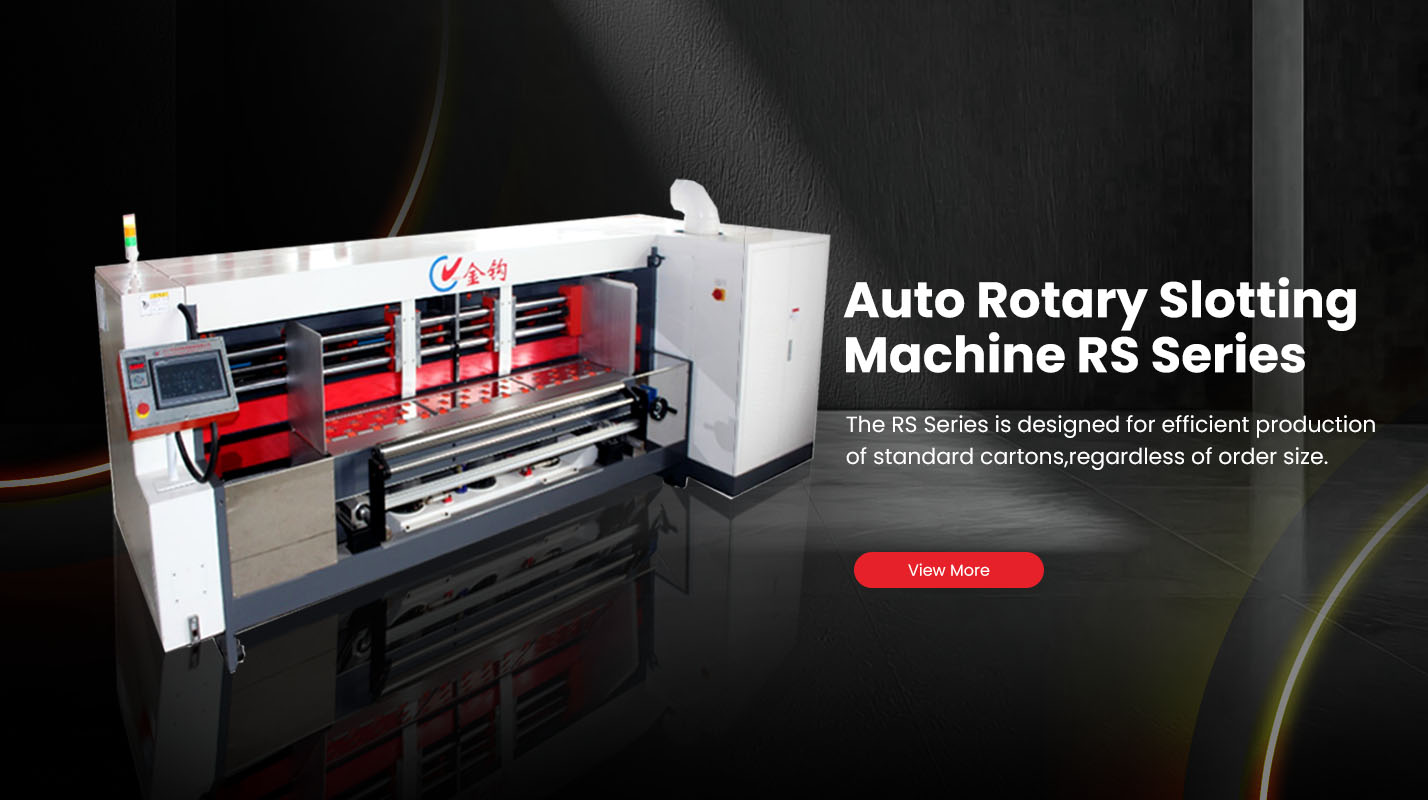How to Choose the Right Box Forming Machine for Your Business
Selecting the right box forming machine is one of the most strategic investments a packaging manufacturer can make. The right equipment improves production efficiency, box quality, and cost control, while the wrong choice can lead to downtime, excessive waste, and limited flexibility.
Whether you’re running a corrugated packaging plant, e-commerce fulfillment center, or custom box workshop, understanding your operational requirements is crucial before making a purchase.
1. Understand Your Production Needs
Before choosing any equipment, clearly define your production priorities:
Volume: How many boxes do you need to produce per shift or per month?
Box types: Regular slotted cartons (RSC), die-cut boxes, or custom designs?
Material: Corrugated grades (A, B, C, E flute) or mixed substrates?
Order pattern: Are you running long production runs or frequent short batches?
Knowing your exact production requirements helps determine whether you need a semi-automatic, fully automatic, or smart digital box forming machine.
| Production Scale | Recommended Type | Key Benefits |
|---|---|---|
| Small workshop | Semi-automatic box maker | Affordable, simple to operate |
| Medium factory | Automatic forming line | Balance between cost and speed |
| Large packaging plant | Servo-controlled smart line | Maximum efficiency and digital precision |
2. Evaluate the Level of Automation
Automation defines how efficiently a box forming line operates.
Semi-Automatic Machines
Require manual feeding and adjustment.
Suitable for small-scale production or prototyping.
Lower initial cost but higher labor requirement.
Fully Automatic Machines
Integrate feeding, cutting, slotting, and folding into one continuous line.
Operate with minimal human input.
Offer faster speeds, consistent output, and improved safety.
Smart Digital Machines (e.g., JINGOUPACK CK25)
Feature servo motors and PLC touchscreen control.
Allow on-demand box production and quick job changeovers.
Ideal for businesses handling short runs and custom-sized boxes.
The higher the automation level, the greater the productivity, precision, and long-term ROI.
3. Check Machine Capacity and Speed
Production speed determines how quickly you can meet customer demand.
Semi-automatic lines: 30–60 sheets per minute.
Standard automatic lines: 100–150 sheets per minute.
High-speed smart lines: 180+ sheets per minute with servo synchronization.
If you produce multiple box sizes or run continuous shifts, prioritize machines that can handle high throughput with ±0.3 mm cutting and scoring accuracy — a standard feature in JINGOUPACK’s servo-driven models.
4. Assess Flexibility and Customization
In today’s market, flexibility is as important as speed. Your box forming machine should:
Handle various corrugated flute types (A/B/C/E).
Support multiple box styles (RSC, FOL, HSC, die-cut).
Allow fast digital adjustments for different box dimensions.
Smart box makers like the CK25 series use touchscreen interfaces and job memory storage, enabling operators to switch between box types within minutes — perfect for small-batch or on-demand orders.
5. Examine Material Compatibility
The right forming machine must match the board thickness, paper quality, and structure you use.
| Board Type | Machine Requirement |
|---|---|
| Heavy-duty (A/C flute) | High torque motors, robust rollers |
| Medium-weight (B flute) | Standard servo drive |
| Thin/lightweight (E/F flute) | Low-pressure feeding and creasing |
If you use recycled or laminated boards, look for adjustable feeding rollers and anti-slip conveyor belts to prevent sheet misalignment.
6. Review Accuracy and Quality Control Features
Quality is a critical factor in customer satisfaction.
Choose a machine with:
Servo-controlled cutting and scoring for uniform edges.
Automatic alignment sensors for precise feeding.
Real-time error detection to prevent defective boxes.
Consistent box geometry ensures better stacking strength, smoother folding, and higher export compliance — especially for clients in e-commerce and logistics sectors.
7. Consider Maintenance and Ease of Operation
A well-designed machine should simplify maintenance and operation.
Look for features such as:
Automatic lubrication system for continuous uptime.
Accessible maintenance panels for quick servicing.
Modular design for easy replacement of parts.
User-friendly interface with multi-language display.
JINGOUPACK’s packaging machines include intuitive control panels and remote diagnostics, allowing operators to monitor performance and detect issues in real time.
8. Safety and Certification
Safety compliance is essential — especially if you plan to export or operate internationally.
Ensure the machine includes:
CE certification for European standards.
ISO quality management compliance.
Emergency stop systems and safety guards.
Every JINGOUPACK machine is CE-certified, with protective covers, overload sensors, and grounding systems to ensure operator safety and global compatibility.
9. Evaluate Supplier Support and Service
After-sales support can determine the long-term success of your investment.
Choose a supplier that offers:
On-site installation and training.
Remote technical assistance.
Quick spare parts supply.
Global service network.
JINGOUPACK provides international clients with professional installation guidance, online troubleshooting, and scheduled maintenance support — ensuring machines perform efficiently throughout their lifecycle.
10. Analyze Cost and ROI
When choosing a box forming machine, focus on total cost of ownership, not just the purchase price.
Consider:
Initial investment vs. long-term savings.
Energy consumption.
Maintenance costs.
Waste reduction and productivity gain.
A well-optimized automatic line often pays for itself within 12–18 months through reduced labor, higher output, and lower material loss.
11. Plan for Future Growth
Your business needs today may not be the same tomorrow.
Choose equipment that allows future expansion or integration with:
Rotary slotter machines.
Folder-gluer lines.
Digital printing or stacking systems.
JINGOUPACK’s modular packaging lines can be upgraded easily as your production volume grows — ensuring your investment remains future-proof.
Conclusion
Choosing the right box forming machine for your business requires balancing performance, automation, and flexibility.
In summary:
Small workshops benefit from semi-automatic solutions.
Mid-size factories should consider full automatic forming lines.
Enterprises producing custom or short-run boxes will gain the most from smart, servo-driven systems.
With CE-certified safety, servo precision, and intelligent digital control, JINGOUPACK delivers reliable, efficient, and sustainable packaging machinery designed to maximize ROI and meet the evolving demands of modern packaging production.





